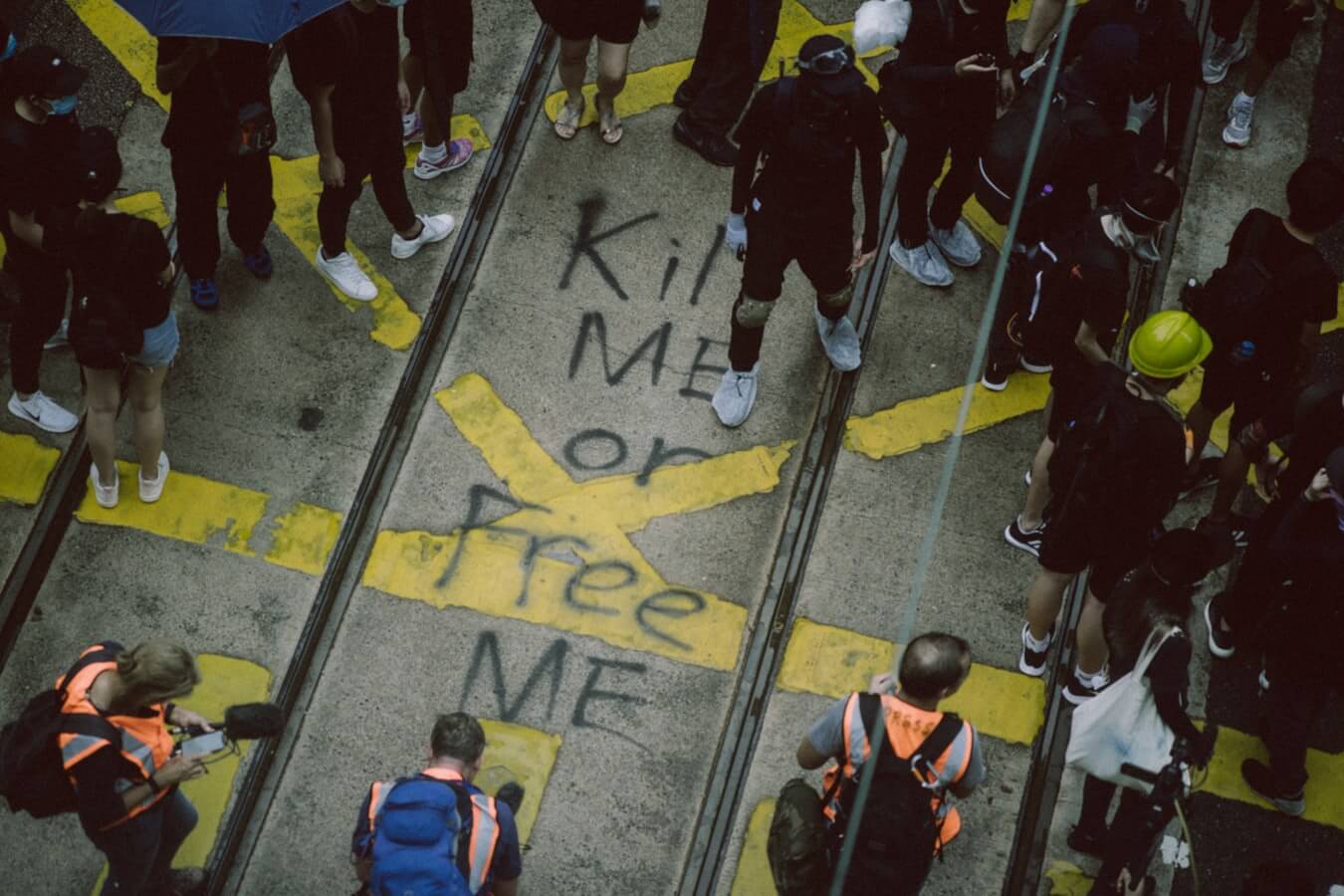Blockchain Revolution Definition

Many people don’t know what the blockchain is, or what it does, but they may be part of a blockchain revolution and not even know it. The fact is, the Blockchain, which powers Bitcoin, Ethereum, and a range of other cryptocurrencies has evolved and developed into some of the most commonly used types of software and businesses. For example, Wal-Mart recently announced a blockchain project that will help guide their logistics for transporting goods from the warehouse to their superstores.
Ever go on Facebook? Chances are you will soon be part of the Blockchain revolution as even Facebook is now considering the use of the blockchain to develop and launch it’s Libra cryptocurrency. While this is all happening at a larger level, it took about 4 years of smaller localized development around the world to really get the world’s attention.
The blockchain has been around for about 8 years, but wasn’t really given any attention until Satoshi Nakamoto, a mysterious Japanese programmer developed Bitcoin and had it traded publicly on the Mt. Gox exchange. The blockchain revolution gained attention when the price of Bitcoin rises substantially between 2014 and 2018 from a mere $4000 to $20,000 dollars, thus making many people very rich.
Besides Bitcoins, over 2000 cryptocurrencies entered the Blockchain revolution along with their thousands and millions of followers. For example, Doge Coin, a coin that has been around for over 5 years now, has gained millions of followers and coin traders that endorse the project. Doge added a new element to the blockchain revolution because it was a coin that was created for fun, and then ended up being worth millions of dollars.
One of the biggest factors in supporting the blockchain revolution was the ability to finance non-traditional industries through the increased value of coins, blockchain forks (where people would receive an equal amount of coins for their holdings which could then be sold for profit), blockchain mining (dividends which could support blockchain related activities), and coin trading for profit.
Once people were able to make themselves enough money to finance their lifestyle, it became a total revolution because people all over the world could free themselves from their traditional lifestyle. While not everyone became rich, many millions of people were able to experience a sense of highs never experienced before because of the unregulated nature of the technology and the freedom it offered through lucrative profits during the peak years of price gains.
Without any central regulation, the blockchain revolution was not bound to the rules of any specific region, making it very attractive for businesses who wanted to do international transactions and not have to worry about currency exchange rates. As time went on, thousands of bitcoin and altcoin exchanges popped up, making it easy for anyone to buy, sell, or trade coins.
Some of the problems of the blockchain revolution were an increase in scams and fraud and criminal activity because of its unregulated nature. However, this did not prevent the blockchain revolution from becoming mainstream as illustrated by the launch of blockchain currencies at the national level by Venezuela, Dubai, Italy, and many other countries who showed support for the technology. As time goes on, people will begin to realize how the blockchain revolution is here to stay, and much larger than we think.




